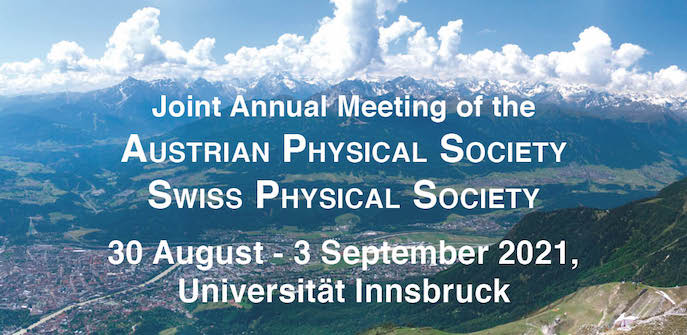Speaker
Description
In this contribution, we describe the multi-wavelength behavior of Mrk501 from 2017 to 2020, when a very low VHE flux was observed. Alongside the monitoring campaign, three NuSTAR observations were conducted displaying three different low-activity flux levels. This dataset enables us to study multi-wavelength variability and correlations in detail, and allows to identify a historically low X-ray and VHE gamma-ray emission period lasting two years, which could be regarded as the baseline emission for Mrk501. We use the low-activity broadband spectral energy distribution and published IceCube data to investigate the potential hadronic nature of the baseline component, and compare different theoretical scenarios for the evolution of the broadband SED data
